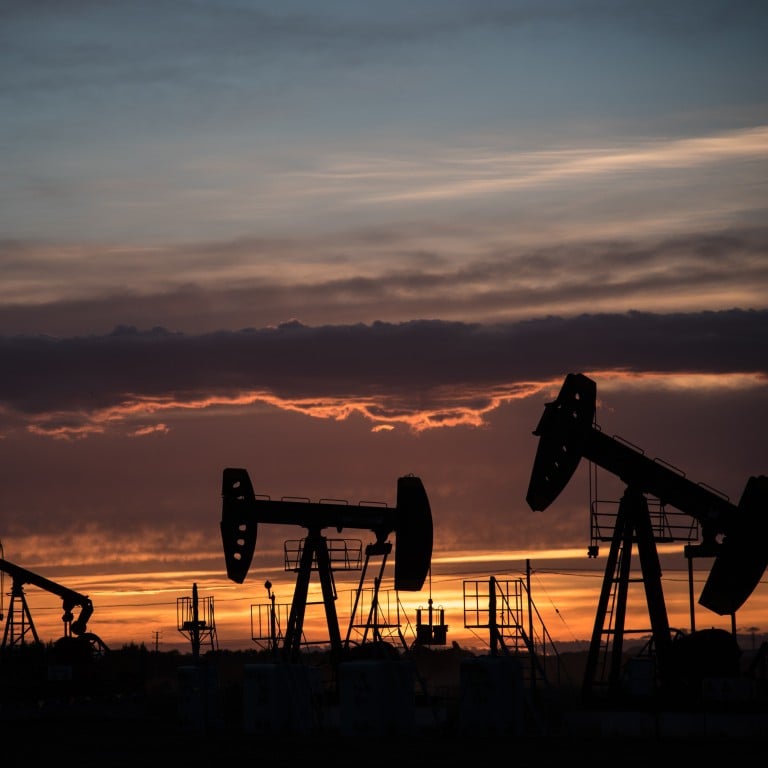
China to lead global oil demand growth in 2024 to fuel economic revival, as consumption heads for predicted 2027 peak
- China is expected to be the top consumer of oil and account for more than a quarter of new oil demand globally in 2024, energy experts say
- Oil demand is expected to peak before 2027 at around 16 million barrels a day, Sinopec forecasts, as China pursues its climate goals
China is expected to be the top consumer of oil and account for more than a quarter of new oil demand globally in 2024 to feed a growing economy, even as the deadline for peaking its fossil fuel use to accomplish its climate goals fast approaches, according to energy experts.
China’s oil demand is expected to rise by around 530,000 barrels a day in 2024, according to a report by Wood Mackenzie on Thursday. Meanwhile, global oil demand is expected to increase by 2 million barrels a day to 103.5 million, with China, emerging markets in Asia and the US driving the growth.
“Much of the growth [in oil demand] will be coming in the second half of the year,” Alan Gelder, senior vice-president of research at Wood Mackenzie, said in the report. “This will be fuelled by improving economic growth and lower interest rates.”
The forecast comes after China’s crude oil imports hit an all-time high in 2023, rising 11 per cent year on year to 563.99 million metric tonnes, equivalent to 11.28 million barrels per day, according to data from the General Administration of Customs on Friday.

Increasing domestic passenger transport, including road and air traffic, drove the growth after China ended its three years of zero-Covid policies.
According to data from the Ministry of Transport, highway passenger traffic increased by 43.6 per cent year on year from January to November 2023. Meanwhile, as of the end of last year, international passenger flights have returned to 4,782 flights per week, about 62.8 per cent of the pre-Covid level, according to the Civil Aviation Administration of China last week.
China’s world-leading green hydrogen project faces slow ramp up
China’s oil demand is expected to peak before 2027 at around 800 million tonnes per year, or about 16 million barrels a day, according to Sinopec. Then oil consumption is expected to quickly decline, after three to five years at a plateau period, falling to 280 million tonnes per year by 2060, Sinopec forecast, adding that rapid adoption of electric vehicles will be largely responsible for the change in direction.
More than 70 per cent of the surveyed experts believe that China can achieve its goal of peak carbon emissions before 2030, while 21 per cent believe that China will hit peak emissions before 2025 or that emissions have already peaked, an increase from the previous year’s percentage in both cases, according to the survey.

